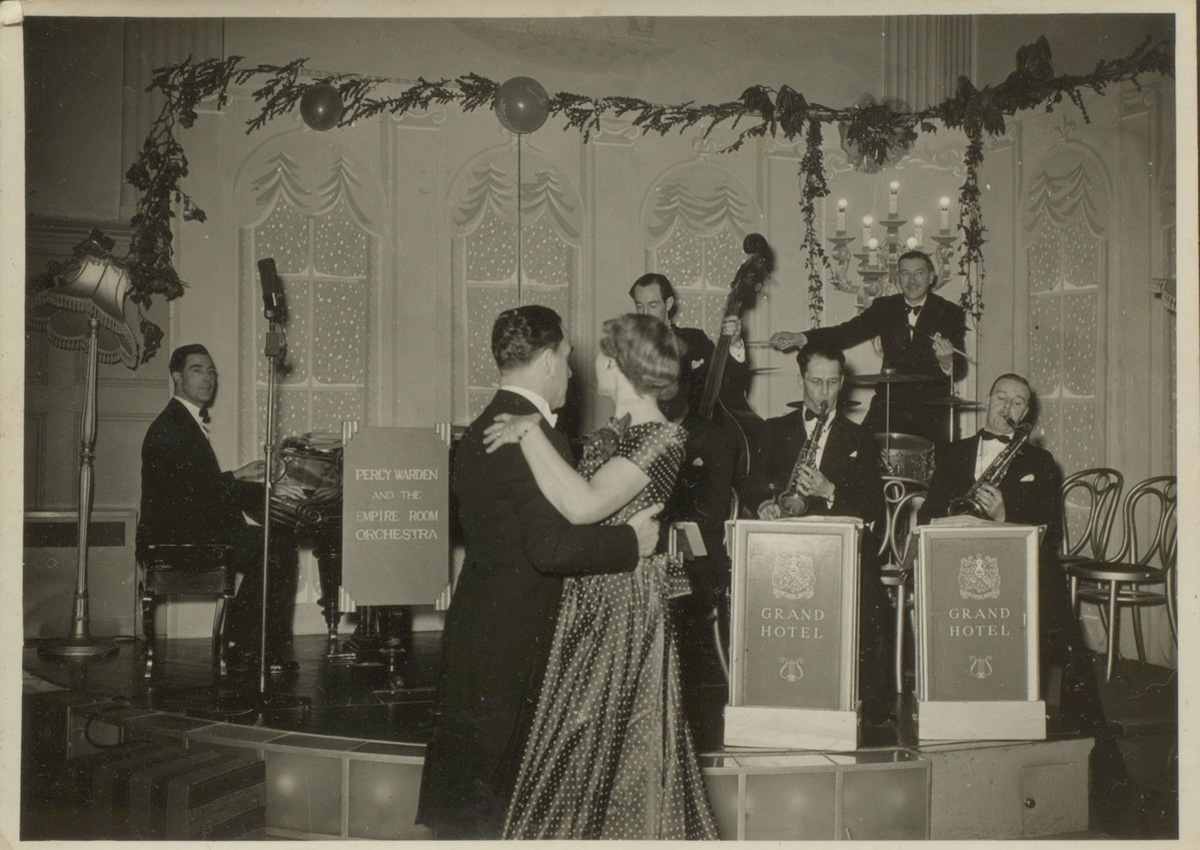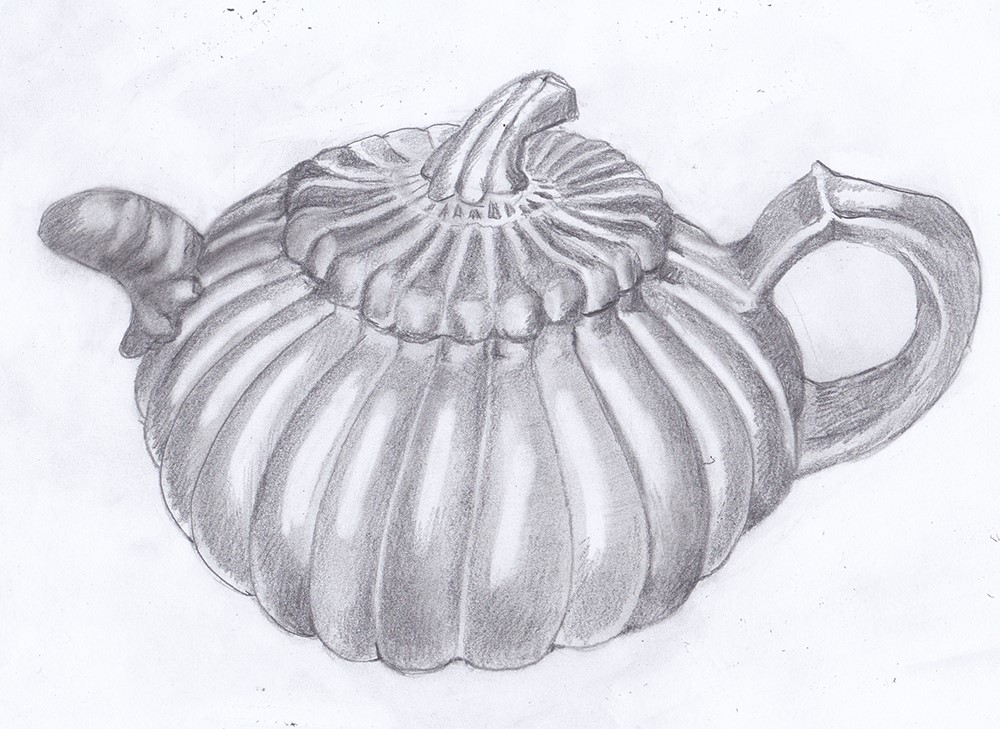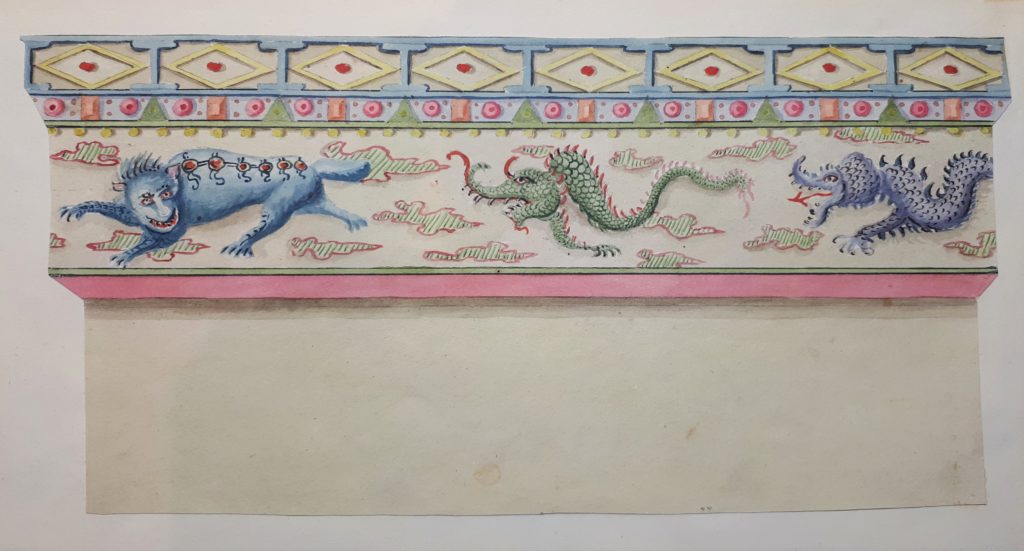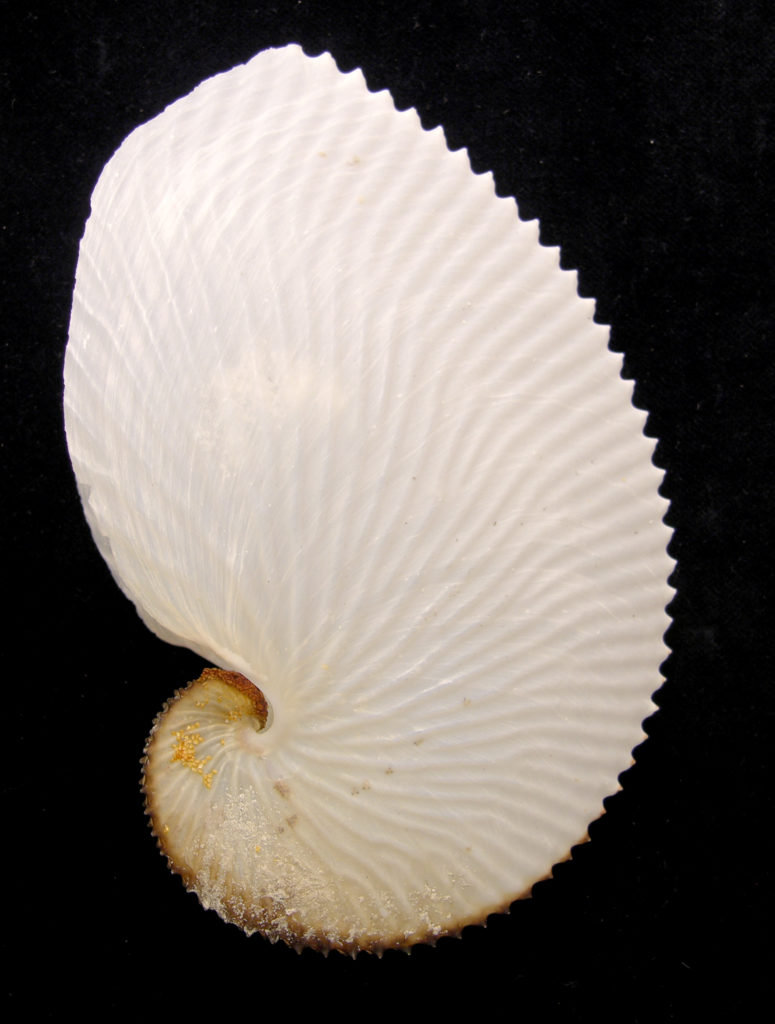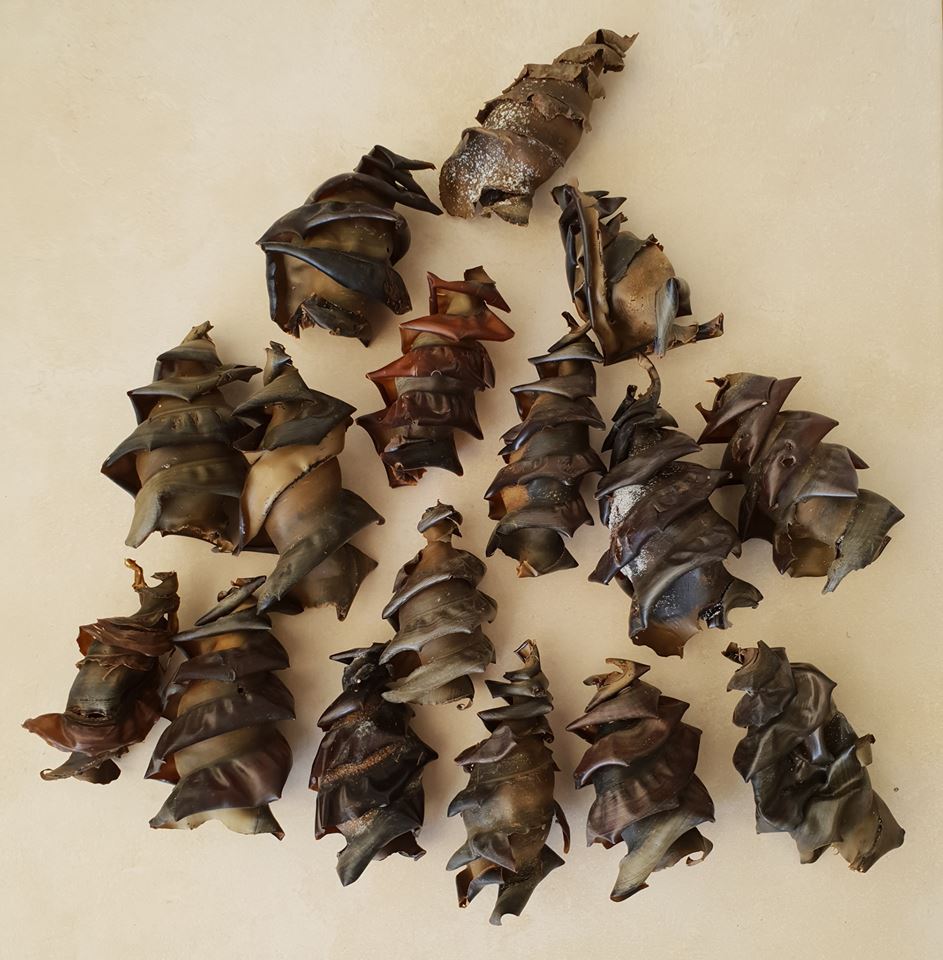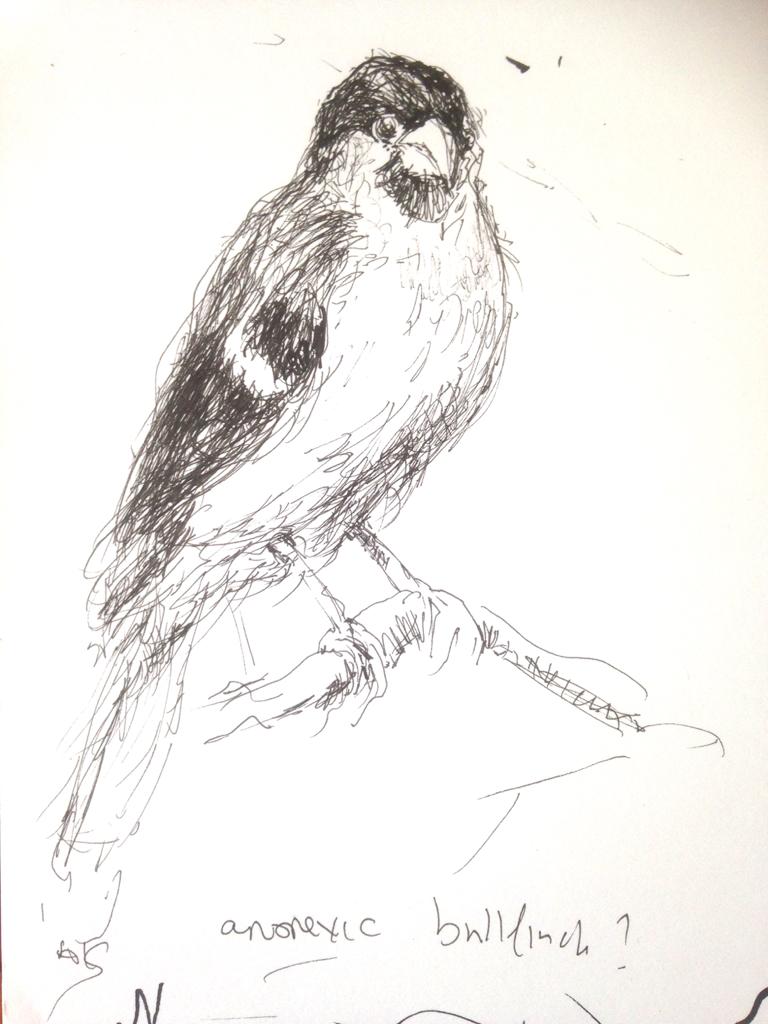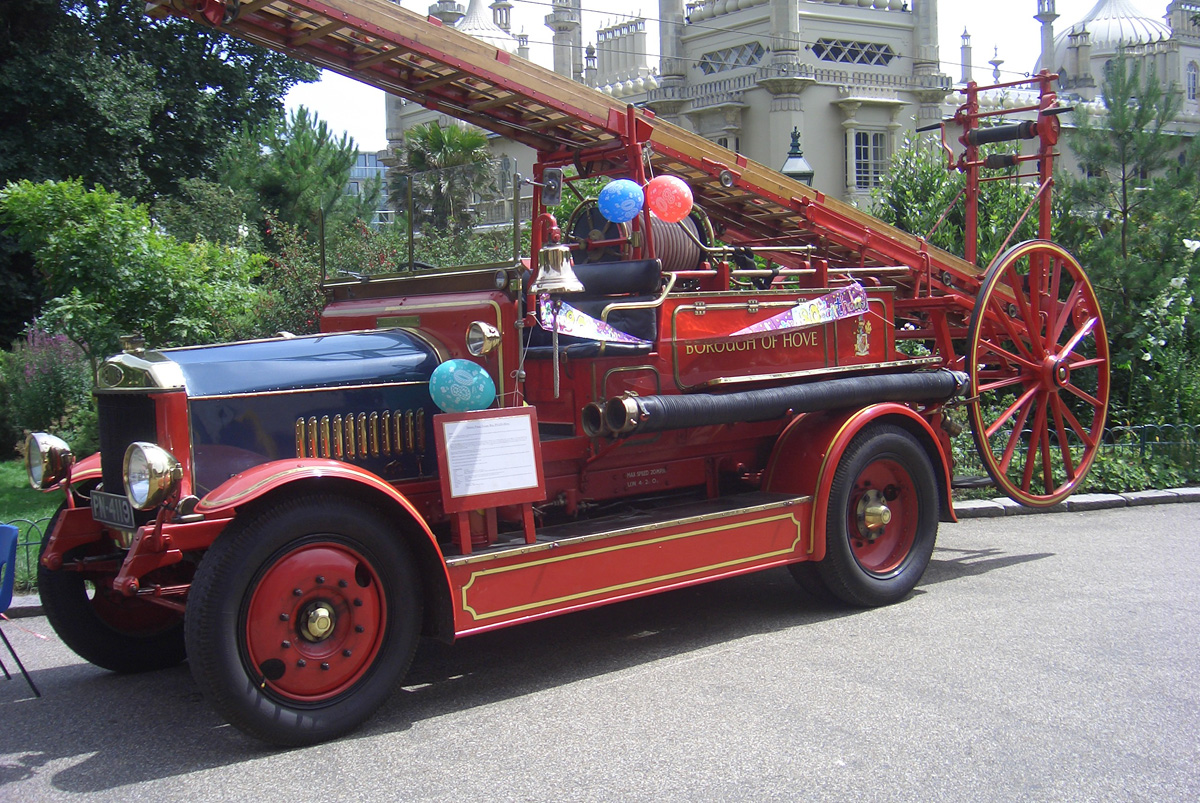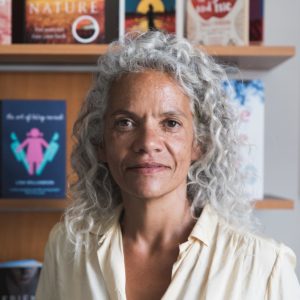
This is a legacy story from an earlier version of our website. It may contain some formatting issues and broken links.
Continuing our celebration of pioneering women of Sussex, today Amy Zamarripa Solis talks about children’s novelist and tv, film and radio writer, Catherine Johnson FRSL (1962-present)
Catherine Johnson is another Sussex-based author who caught my eye last year with her much-needed books about Black and mixed race people throughout the ages.
Freedom (2019) tells the tale of 12-year-old slave boy Nathaniel, who is brought from Jamaica to England to tend pineapple plants aboard the ship by masters who have sold off his mother and sister. Freedom was nominated for the Carnegie Medal and is her most recent children’s book, a gripping story and “brilliant, meaningful gem of a novel” (Waterstones), set amongst the true life Zong court case of the 133 slaves murdered at sea in 1783.
In the UK, children and Young Adult (YA) literature is where top quality writing is happening, thanks to many wonderful writers of colour such as Grace Nichols, Patrice Lawrence, Catherine Johnson and others.
Catherine Johnson is a British author and screenwriter. She was born in London in 1962. Her father was Jamaican and her mother was Welsh. Catherine grew up in North London and attended Tetherdown Primary School. Later she studied film at St Martin’s School of Art, before turning to writing.
Catherine has published 20 novels, starting with her first book, The Last Welsh Summer (1993) and Landlocked (1999). She has written several books for children and young adults, including A Nest of Vipers (Corgi, 2008), the story of Cato Hopkins, the youngest member of a group of expert fraudsters. Her next book, Sawbones, was published in October 2013 and won the Young Quills Award for Historical Fiction. The Curious Tale of the Lady Caraboo, published by Penguin Random House in 2015 was nominated for the CILIP Carnegie Medal 2016 and shortlisted the YA Book Prize — the story is based on the true life cobbler’s daughter from Devon who fooled the British Establishment in the early 19th century.
More recent books include Race To The Frozen North (2018) and Freedom (2019), which was nominated for the CILIP Carnegie Medal and IBBY, the international board for books for young people as its honour list title for 2020.
Catherine also writes for film, television and radio. In 2005, she co-wrote the highly acclaimed feature film Bullet Boy, followed by a number of commissions for Century Films, Working Title and Channel 4. Her TV work includes Rough Crossings for Simon Schama and Holby City. She is currently working on an adaptation of Miranda Kaufmann’s Black Tudors for Silverprint Pictures.
Catherine has been a Royal Literary Fund Fellow at the London Institute, a Writer in Residence at Holloway Prison and a Reader in Residence at the Royal Festival Hall’s Imagine Children’s Literature Festival.
In 2019 Catherine was elected a Fellow of the Royal Society of Literature. She is also contributor to the anthology New Daughters of Africa (Myriad Editions, 2019), edited by Margaret Busby.
I enjoyed perusing her website, which is full of colourful anecdotes, updates and the complete backlog of her publications. I highly recommend checking it out.
Written by Amy Zamarripa Solis
Amy Zamarripa Solis is a producer, writer and artist from Austin, Texas.
She is Director of This Too Is Real, an arts production and management company, specialising in arts, culture, heritage and diversity. She also runs Writing Our Legacy, a literature organisation set up in 2012, focused on supporting Black and ethnic minority writers and writing in Sussex and South East of England. Her latest projects include Constructed Geographies, a touring exhibition of Sussex visual artists (2018-19), Hidden Sussex anthology (Writing Our Legacy, 2019) and No Place Like Home, an exploration into childhood home and its loss, starting with her own Mexican-American community in Austin Texas, ¡La Cultura No Se Vende! (Our Culture is Not For Sale!), told through short stories, film and archive material. She is Co-Chair of Disability Arts Online and on the Boards of AudioActive and New Writing South.
Writing Our Legacy is an organisation whose aim is to raise awareness of the contributions of Black and Ethnic Minority (BME) writers, poets, playwrights and authors born, living or connected to Sussex and the South East. We employ Mosaic charity’s definition of Black to be ‘Black people’ and ‘mixed-parentage people’ including all those people whose ancestral origins are African, Asian, Caribbean, Chinese, Middle Eastern, North African, Romany, the indigenous peoples of the South Pacific islands, the American continents, Australia and New Zealand. We run events across Sussex and the South East that showcase emerging and established BME writers and provide professional development and networking opportunities.






